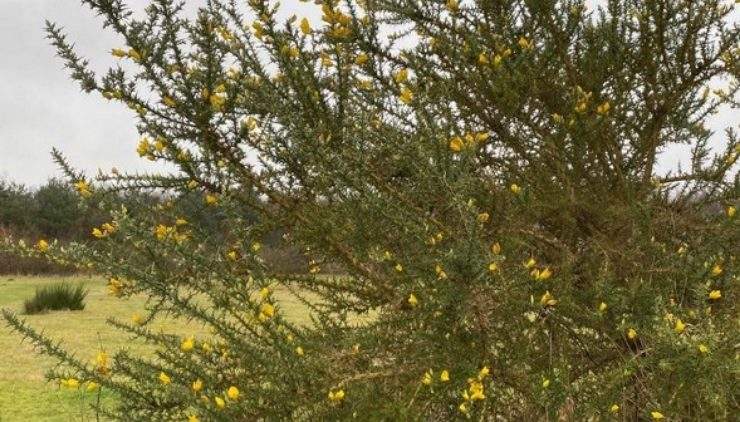Wildlife Blog Summer 2013
- Categories:
- Carl Brooker’s Blog
The summer took its time to arrive with a cold spring and early summer but when it did arrive it was glorious. So who were the winners and who were the losers among our wildlife? A lot depended on when the key times of year were for the different species.
I strongly suspect that it has not been a great year for bats despite them still being plentiful on my bat walks; indeed I was not rained on during the thirty or so bat walks that I lead over the season! The problem with the bats is that they emerged from hibernation into cold and windy conditions which resulted in there being very limited insect food for them and thus their breeding season was likely to be poor. Bats are comparatively long lived creatures and don't breed every year so it will be a while before we see any evidence of long term impacts. We took part in the Norfolk Bat Survey in June and while this did not come up with any surprises it did confirm our observations with a particularly productive night at the Conservation pond.
Among the other mammals Muntjac deer seemed particularly confiding this year and a number of visitors had very good views of roe deer and their kids on the fields on the far side of the railway. Hedgehogs also seemed to do well which was very encouraging given that their numbers nationally are rapidly declining.
It was very challenging early breeding season for many bird species with the changeable weather causing problems. Indeed we hear that nationally barn owls had their worst breeding season for over 30 years. At Kelling the nightjars were a little late in arriving once the main season arrived many visitors enjoyed seeing and hearing these wonderfully evocative birds of heathland. Stonechats were really down but linnets and yellowhammers seemed to do well. I had some lovely views of hobbies hunting dragonflies and the two barred crossbills caused a lot of excitement among birdwatchers as did the resident Dartford warblers.
Among the reptiles and amphibians the poor weather early in the year certainly impacted on the frogs with many clumps of spawn being spoiled by sharp frosts but the toads fared better. It was interesting to note that several of the frog and toad tadpoles were very late developers and had yet to grow all four legs by late in the season. We found several smooth newt larvae in the Conservation pond during pond dipping sessions which was very encouraging given that there are some problems with fish predation in that pond. Adders were seen in reasonable numbers and common lizards appeared to have a prolific breeding season. I personally did not see as many slow worms as usual but a number of visitors did come across them
Given the nature of the summer I was a little disappointed with dragon and damselfly numbers but this was in many ways compensated for by it being such a butterfly summer! This is just what butterflies needed after several bad years and a lot of doom and gloom about their future prospects. Once again this year had started badly with the early flying orange tips not doing well but once the summer started properly it was the best year for many years. I lead a butterfly walk during butterfly awareness week and although this coincided with one of the poorer weather days we still saw several species including really good views of the stunning little butterfly known as the green hairstreak on the heath. Other highlights included plentiful graylings and small coppers . Among the migrants we had a number of beautiful clouded yellows, along with clouds of day flying silver y moths and the occasional hummingbird hawk moth on the buddleias and honeysuckle. An owner reported seeing silver washed fritillary butterflies which is very exciting, as far as I know they have not previously been recorded on the Kelling site. For me however the overall highlight of the season was the number of silver studded blues. This is the butterfly that was reintroduced to Kelling heath a few years back and this year I have never seen so many of this iconic species on the heath.
Finally with the plants it was an unusual season with many spring flowers blooming very late and with a shorter season than usual. Some bluebells could still be found in flower in early June and that is something I have never seen before. The bell heather and ling were stunning on the heath and the warm weather seemed to really bring out the smell of the gorse flowers.
So , overall an exciting wildlife summer after a dreary spring , perhaps a taste of the future climate or else a short term remission, Whatever it was it certainly felt like a memory of a childhood summer with the buzzing of the bees and the clouds of butterflies,. Soon it will be half term and the prospect of beautiful autumn colours on the trees and if we get some rain soon a profusion of fungi.


